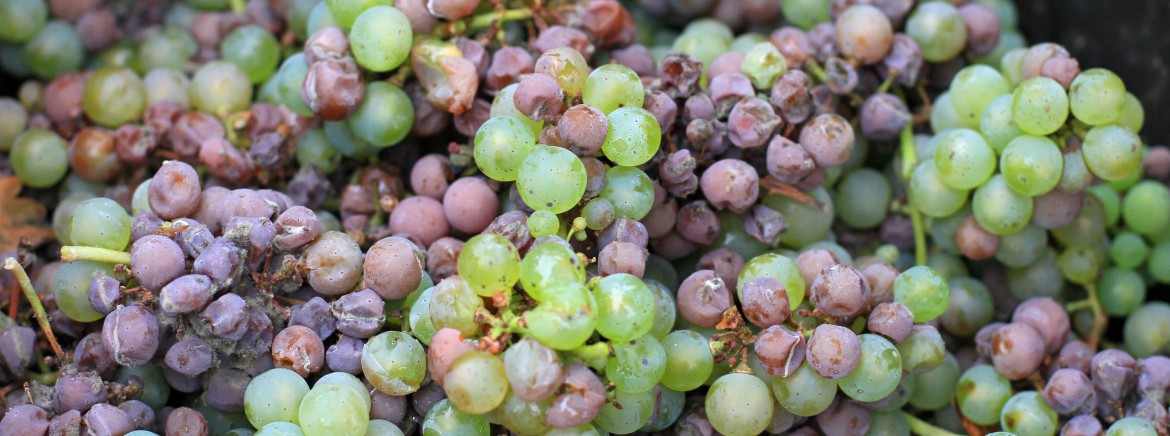
Beerenauslese is a classification standard for wines in German-speaking wine-growing regions. These wines have minimum prescribed quality requirements, including the density of the must used (expressed in °Oechsle). In Germany this rises to about 125 degrees. In the German wine region Württemberg and Austria often slightly higher. Because not all the sugar in the must ferments into alcohol, they become very sweet wines.
In the classification series, the Beerenaulese is above the Auslese and below the Trockenbeerenauslese. A classification or quality standard is not the same as quality wine in the sense of “level of appreciation”. This is mainly determined by the craftsmanship of the winemaker concerned. The best valued Beerenauslesen are very precious. That is why they are often sold in a bottle size of 0.375 liters.
Literally, Beerenauslese means: “Berry (grape) selection”. Because the grape bunches have been given the opportunity to hang on the grape vine for a long time, many grapes will be overripe. While at Auslese the unripe grapes are removed from the grape bunches, for the Beerenauslese the ripest grapes are removed from the bunches to be able to ferment separately to make this special quality wine. Sometimes - in some years more than others - there can also be grapes affected with 'noble rot'. In addition to a naturally high sugar content, the concentrate of minerals and flavors in the grapes, and thus the wine, is also very high. Beerenauslese is a wine that can age for a very long time. Incidentally, at Trockenbeerenauslese almost all grapes with noble rot are affected.
In Alsace, similar wine is made, which is called the Selection de grains nobles there.